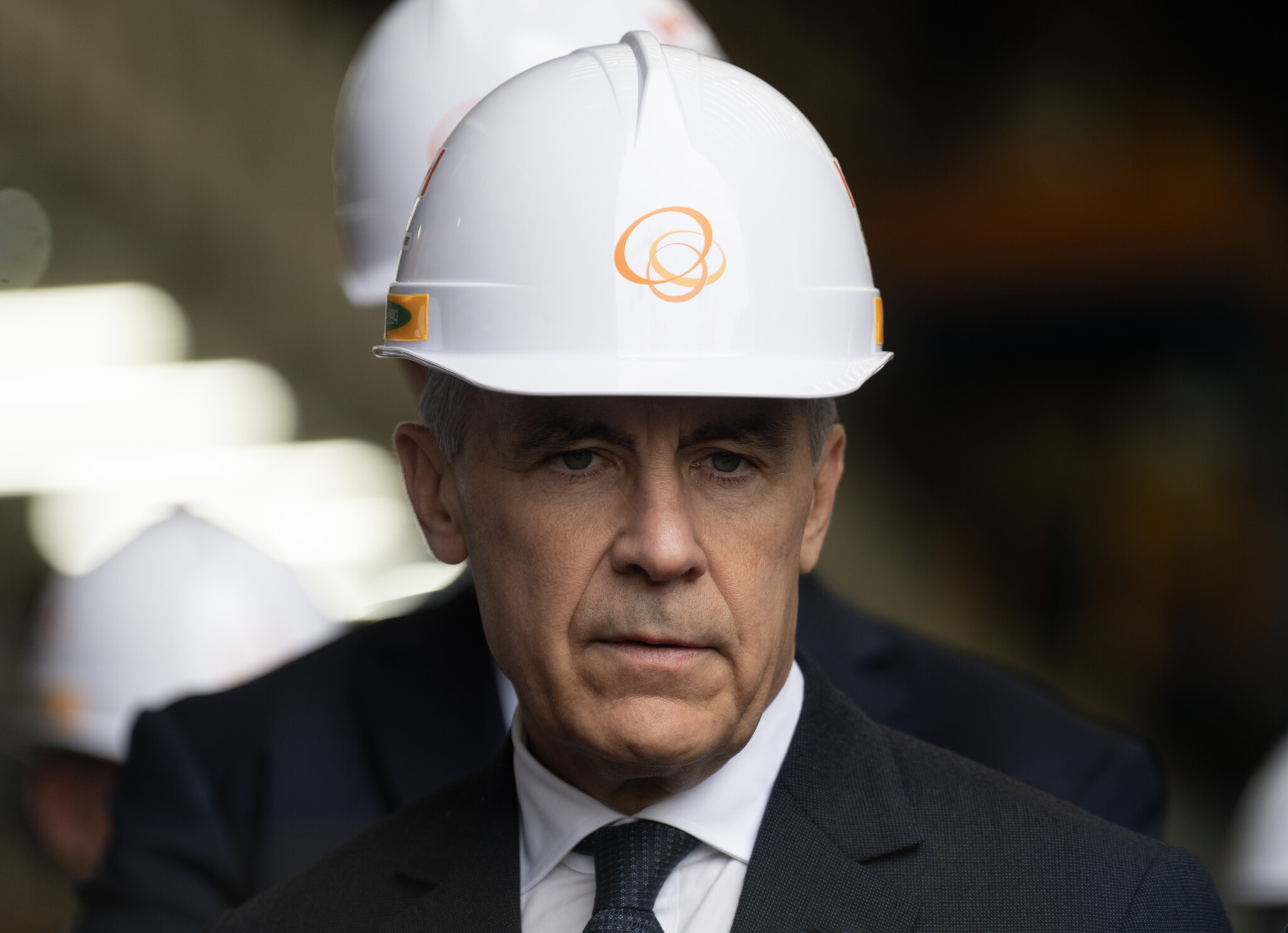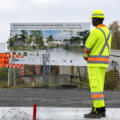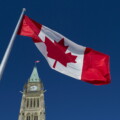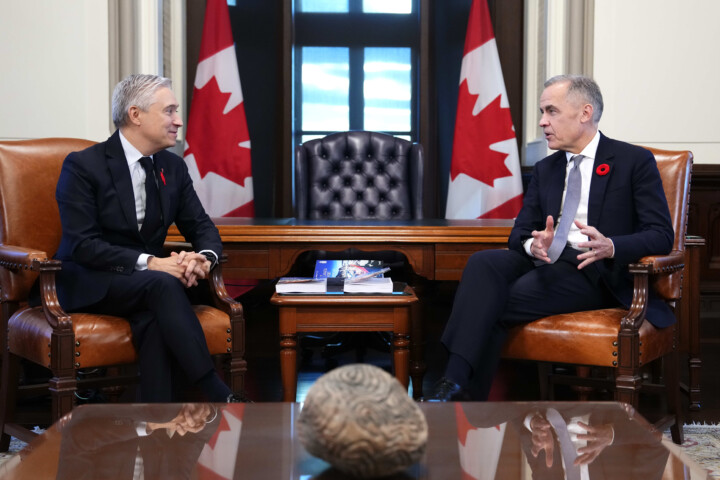Prime Minister Mark Carney tabled his first federal budget on Tuesday, nearly 12 months after Canada’s last fiscal plan. The budget marked a notable shift in tone—if not entirely in approach—from the Trudeau era.
Hub co-founders Rudyard Griffiths and Sean Speer discussed the budget release and parsed what it signals about Canada’s economic direction, and whether its ambitious productivity goals match the fiscal reality.
Overall, they concluded that while the budget acknowledges long-standing structural problems plaguing Canada’s economy, including internal trade barriers, bureaucracy bloat, and regulatory bottlenecks, the solutions remain heavily reliant on government spending rather than unleashing market forces.
Here are five key takeaways from their conversation:
1. The budget marks a rhetorical shift toward productivity, but maintains a government-centric approach: The word “productivity” appears 129 times in the budget document, a significant departure from the Trudeau government’s emphasis on “equity” and “redistribution”.
2. The deficit is set to double, driven entirely by increased spending: At roughly 2 percent of GDP annually over the next five years, the deficit reflects deliberate policy choices rather than revenue shortfalls, leaving little fiscal room if the economy deteriorates.
3. Spending cuts are modest compared to the Trudeau-era expansion: While the budget projects reducing the federal workforce by 40,000 positions, this only partially reverses the more than 110,000-employee increase under the previous government.
4. The industrial carbon price will become more stringent, not less: Despite looking to remove the emissions cap on oil and gas, the budget tightens regulations on industrial emitters, potentially putting Canadian businesses at a competitive disadvantage.
5. The budget may be politically unpalatable to all opposition parties: The plan’s combination of spending cuts, environmental measures, and continued deficits could make it difficult for either the NDP or Conservatives to support it, potentially triggering an election.
A new diagnosis, but familiar prescriptions
Carney’s budget represents a clear break from his predecessor’s economic philosophy, at least in rhetoric, given the budget’s focus on regulatory reform, internal trade barriers, and competition policy.
Speer pointed out how Prime Minister Carney’s budget claims “the most immediate way to jumpstart productivity growth is to address structural impediments and increase investment in machinery, equipment, and innovation in infrastructure.”
However, Speer asserts the policy prescriptions don’t fully align with this market-oriented diagnosis of what ails Canada’s economy.
“Where I think listeners and viewers may ultimately be disappointed is that that diagnosis isn’t matched, at least entirely, with a policy agenda that subordinates the government and elevates the role of market forces.”
Instead, the budget embraces what it calls a “catalyst” role for government, with significant expenditures on public infrastructure and climate competitiveness strategies. This represents “a kind of government-centric understanding of how to get at the problems that the prime minister and his government rightly diagnose,” Speer said.
“It’s…Laurentian capitalism. It’s a kind of Ottawa centric, state directed approach to economic development,” Griffiths noted. “We tried it in the past. There’s some instances in history and experiences around the world where this can work…It’s kind of like we’re not seeing a lower corporate tax rate here. We’re not seeing a big effort to rework regulatory or competition reform.”
Deficit spending as economic strategy
The fiscal picture is sobering. Sitting at $78.3 billion, the deficit has more than doubled compared to last year’s projections, reaching approximately 2 percent of GDP annually over the planning period. Critically, this increase stems largely from spending decisions rather than revenue shortfalls.
“Virtually all of that is on the expenditure side. We anticipated we may see some softening of government revenue. That’s not the plan here,” Speer observed. “So the deficit is not inadvertent, it’s not outside of the government’s control.”
The pair agreed this approach carries significant risks. Starting with a “pretty healthy deficit” in a growing economy means Canada would enter any future recession or downturn with limited fiscal capacity. The debt-to-GDP ratio is climbing, and debt service costs are projected to jump from $53 billion last fiscal year to $76 billion by the end of the planning period.
“This vision of government spending being not just a short-term stimulus, but as the foundation of a long-term economic agenda is a risky one,” Speer said. “The costs will bear themselves in the immediate term. And I guess the prime minister is making a bet that the benefits manifest themselves over the long term.”
Modest restraint after massive expansion
The budget includes spending reductions and projects a federal workforce reduction of approximately 40,000 positions by 2029. However, this represents only a partial reversal of the Trudeau government’s expansion.
“That’s against a run up of over 110,000 employees during the Trudeau era,” Speer pointed out.
The spending review was characterized as “a kind of weed whacking exercise” rather than a fundamental reassessment of government priorities.
“It wasn’t a more fundamental assessment of what the government ought to do and not do,” Speer explained. He noted the government appeared motivated by a desire to “extract a pound of flesh from different departments to be able to demonstrate that it was balancing, quote, unquote, austerity and investment.”
Tightening the screws on industry
Perhaps most surprisingly, the budget makes the industrial carbon price more stringent while seeking to remove the emissions cap on oil and gas.
“Not only [is Carney] going to expect you to spend capital on different types of emitting-reducing technologies, [he’s] also going to turn the screws on the industrial price,” Speer said in summarizing Carney’s approach to addressing climate change through technology like carbon capture and oil and gas methane regulations.
He said this creates potential competitive challenges for Canadian industry facing U.S. competitors that do not have to face similar costly regulations.
Despite its shortcomings, Speer gave the budget praise relative to recent fiscal plans.
“This is not the budget I would have written, but this is also not the budget that Justin Trudeau would have tabled,” Speer concluded, assigning it a C-grade. “In that sense, it is the best budget we’ve seen in some time out of Ottawa, for whatever that’s worth.”
Griffiths gave it a B-minus or C-plus.
“This sense that there’s an economy to be planned, that the purpose of politics is to deploy large amounts of borrowed public funds to articulate a political vision and an economic vision for the country,” he described.
“I just wish we’d find a leader at some point who just had some fundamental faith in the Canadian people, in their ingenuity, in their resilience, in their desire and willingness to compete and succeed.”
This commentary draws on a Hub interview. It was edited using AI.
Does Carney's budget prioritize government spending over market forces for economic growth?
How does the doubling of the deficit impact Canada's fiscal resilience?
Could Carney's budget lead to an election due to its political unpalatability?









Comments (0)